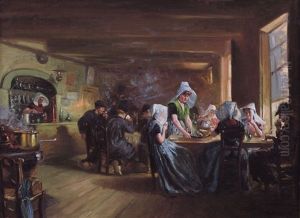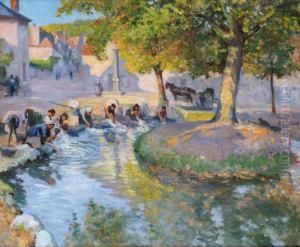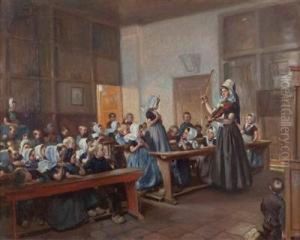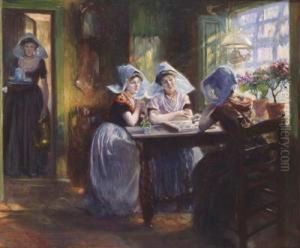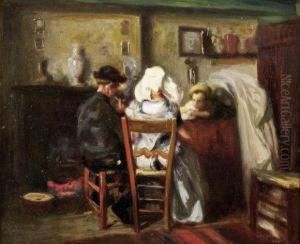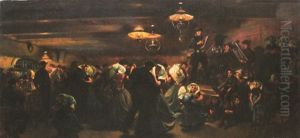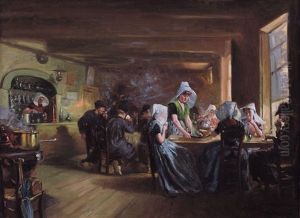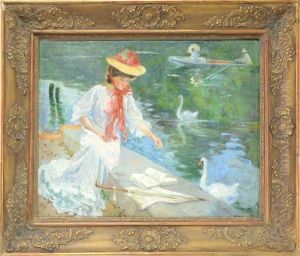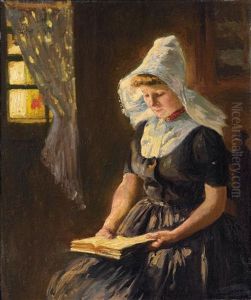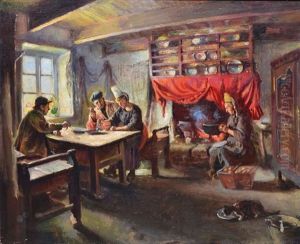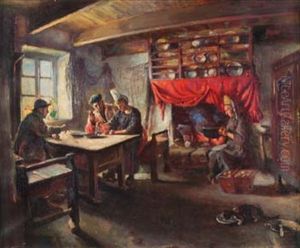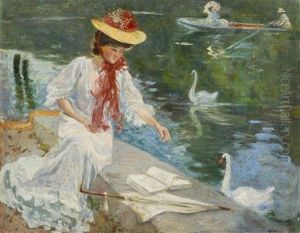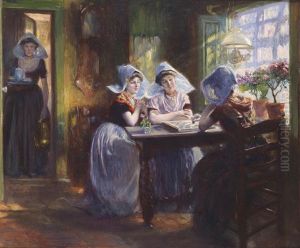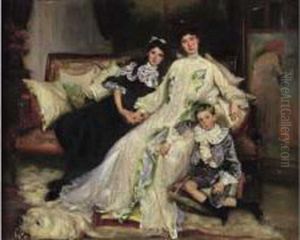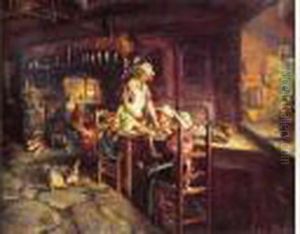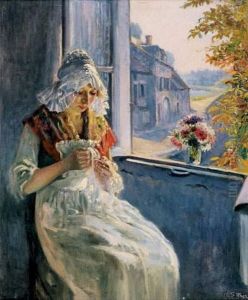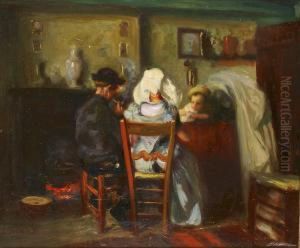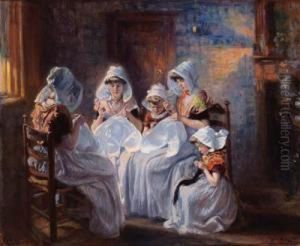Max Silbert Paintings
Max Silbert was a French artist of Jewish heritage, born in 1871 in the region of Alsace, which at the time of his birth was part of the German Empire following the Franco-Prussian War. Silbert is known for his contributions to painting, with a style that reflects the influence of Impressionism, a movement that was predominant in France during his time.
In his early years, Silbert developed an interest in art and pursued his education in the field of painting. Although there is limited information on his academic background, it is known that he was active in artistic circles in Paris, which was the epicenter of the Impressionist movement. The city provided him with ample opportunity to interact with other artists and to be exposed to the latest trends in the art world.
Throughout his career, Silbert created works that depicted a variety of subjects, including landscapes, urban scenes, and portraits. His brushwork was characterized by loose and rapid strokes, a hallmark of Impressionist technique, which aimed to capture the effects of light and atmosphere on the subjects. Silbert's palette was often vibrant, utilizing bright and pure colors to evoke the mood and time of day of his scenes.
Despite his adherence to the Impressionist style, Max Silbert's work did not gain the same level of recognition as some of his contemporaries. Nevertheless, his paintings have been appreciated for their lyrical quality and their ability to convey the transient beauty of everyday moments. Silbert's contribution to the art world is also notable for its reflection of the Jewish experience in France during a period marked by significant social changes and the challenges faced by the Jewish community.
Max Silbert passed away in 1930, leaving behind a body of work that, while not widely known, is valued by art historians and collectors for its authentic representation of the Impressionist ethos and its unique perspective on French society at the turn of the 20th century.
